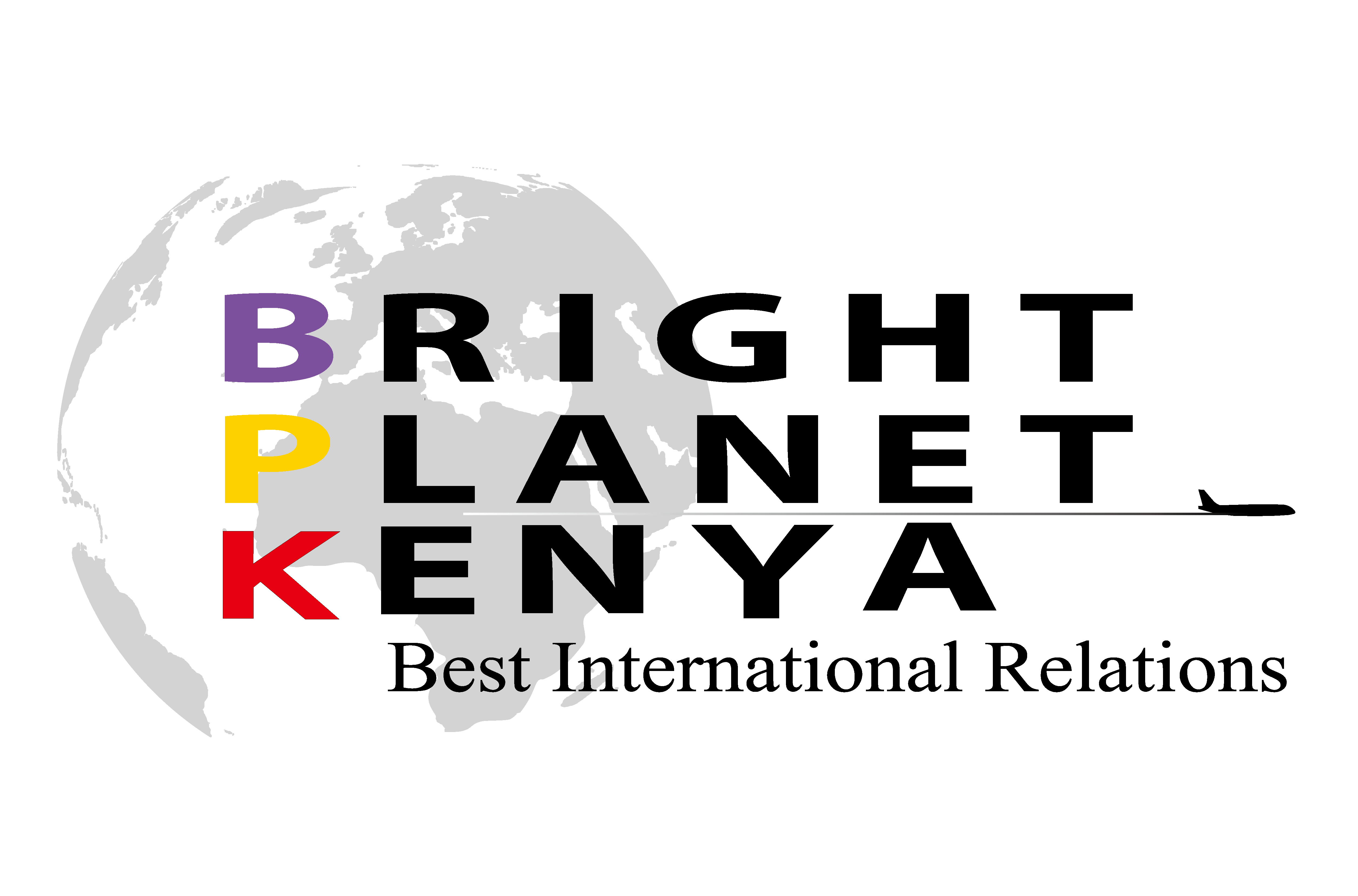I recently spent some time traveling around rural Tanzania, trying to better understand the way the communities, cities, and regions manage their water. As we departed from the last village, we handed out cookies to the children who had gathered to watch from a distance while we toured the farms. I can still picture the smallest boy when I gave him the last cookie; his eyes lit-up, convinced he was the luckiest of boys.
In this northern part of Tanzania, near the foothills of the famous Mount Kilimanjaro, the land is fertile and farming is productive and lucrative. However, water-related conflicts color the landscape, both among farmers and between sectors. Climate change is increasing aridity, which reduces the amount of water available for drinking, farming, and eventually, hydropower production. Rainfall is becoming ever more erratic and variable which forces farmers to make riskier planting decisions, and often decimates crops with unpredicted and unmanaged flood or drought. Farmers from other, more arid, regions are pressing in to farm the fertile northern plains. Water is already over-subscribed and farmers, their communities, and the cities and businesses on whom they depend are looking for ways to survive and thrive in this new reality.
That’s why resilience is one of the five key themes of the Global Water Security & Sanitation Partnership (GWSP) and why.
Our Tanzania Water Sector Support project exemplified this approach, going beyond generic system improvements or a dogmatic approach to water services. Instead, it emphasized locally relevant ways for farmers to access, use, and manage water resources in ways which provide more stable revenue streams from sustainable agricultural production. This helps free up water for other uses such as drinking and sustaining Tanzania’s lush ecosystems and biodiversity. Although it was a pilot, it offers a roadmap for future projects – indeed, we are replicating this work across other parts of the country.
In semi-arid areas, water stored underground can be less prone to climate change impacts and evaporation losses. Providing access to groundwater allows farmers to both overcome the vulnerabilities associated with variability of rainfall and to enhance preparedness for drought. This more diverse set of water sources mobilizes farmer and community-level investment in irrigation equipment and power sources that enhance productivity. Simply put – this intervention helps people to invest their own resources in their own future.

Photo: Rod Waddington
A seemingly simple investment, access to supplemental groundwater is actually a multisectoral investment in climate resilience. The supplemental water alongside appropriate training allows farmers to shift from mono-cropping to a rotational system where they grow maize in the wet season and vegetables in the dry season. This means they can produce their staple crop to sustain the family year-round during the wet season and the vegetables are then grown to sell on the market during the dry season.
Such gains are exponentially transformative for farmers. But we also know that water managers and agricultural planners need to be careful to manage the resource closely to avoid over exploitation and unsustainable use. Getting this right will help Tanzania to scale up its use of supplemental groundwater and its benefits.
To help enable farmers to expand their access to groundwater and increase productivity, a variety of enabling factors are needed to help mobilize farmer-led irrigation and community-level investment. Farmer organizations are needed, to serve as an advocacy tool for farmers, but also as platforms for and multipliers of innovation. Water managers must have the budget and support to monitor aquifer levels, communicate with stakeholders, and be empowered to issue and enforce permits based on information on water available.
And . Water-management interventions done in this way help to build the integration and connectedness of water sources for enhanced sustainability and resilience.
The little boy doesn’t realize it yet, but he actually is one of the luckiest boys in his area. His family was able to supplement their village’s highly-variable and diminishing rainfall with groundwater and as a result, he is receiving life-long benefits that go well beyond gingersnaps. The little boy’s family now makes enough money so that he can go to school. He has shoes on his feet. And his family’s farm can provide him with a more diverse and nutritious diet. All of these will likely result in better life-long health outcomes for him and his family, providing him with the opportunity to live up to his potential.
This is climate resilience in action. This is an investment in human capital. This is breaking down sectoral silos. This is what we need to bring to scale to end poverty, so that every little boy is the luckiest of boys, and every little girl the luckiest of girls. This can be the future for Tanzania.
